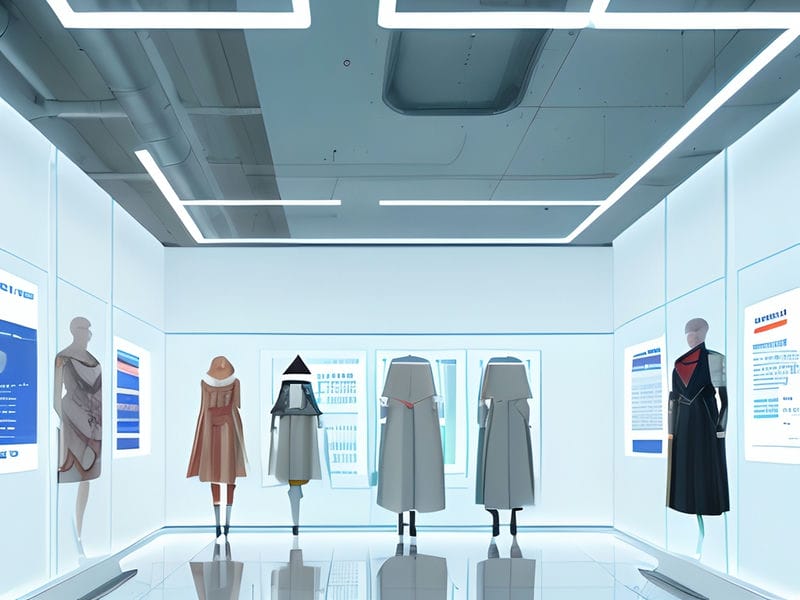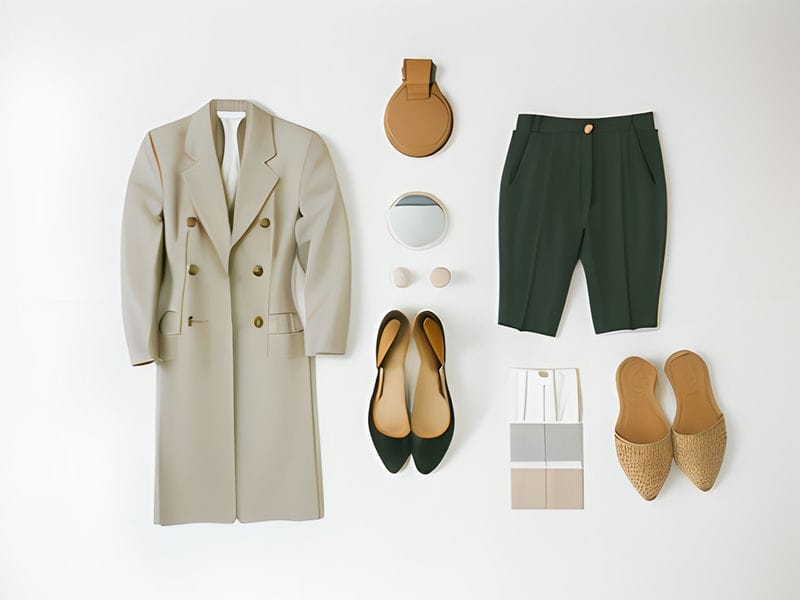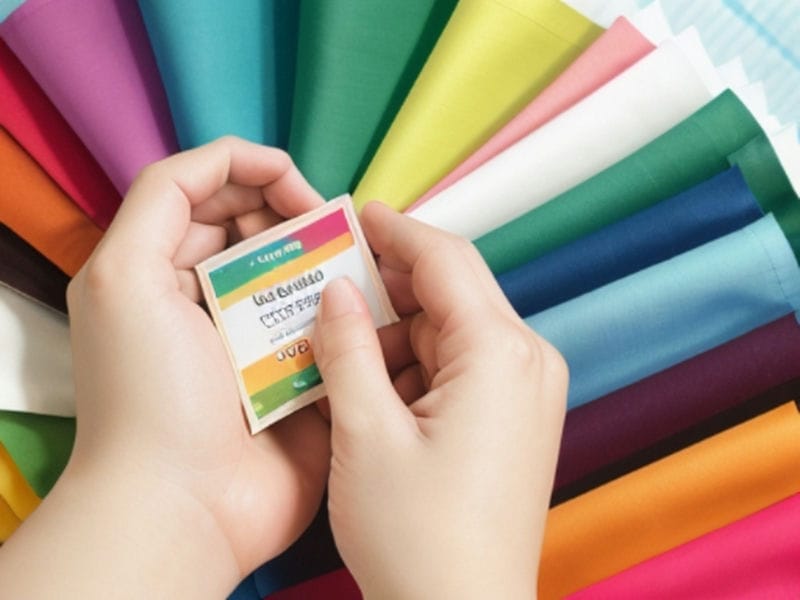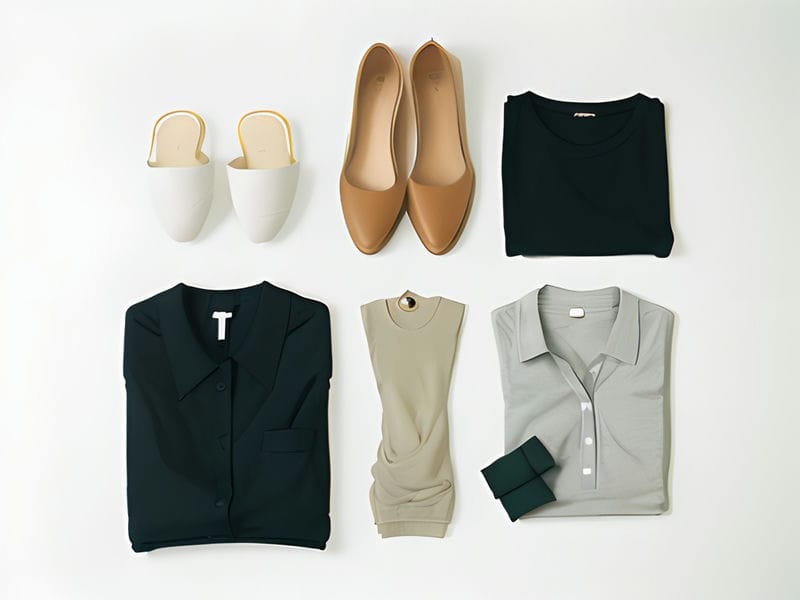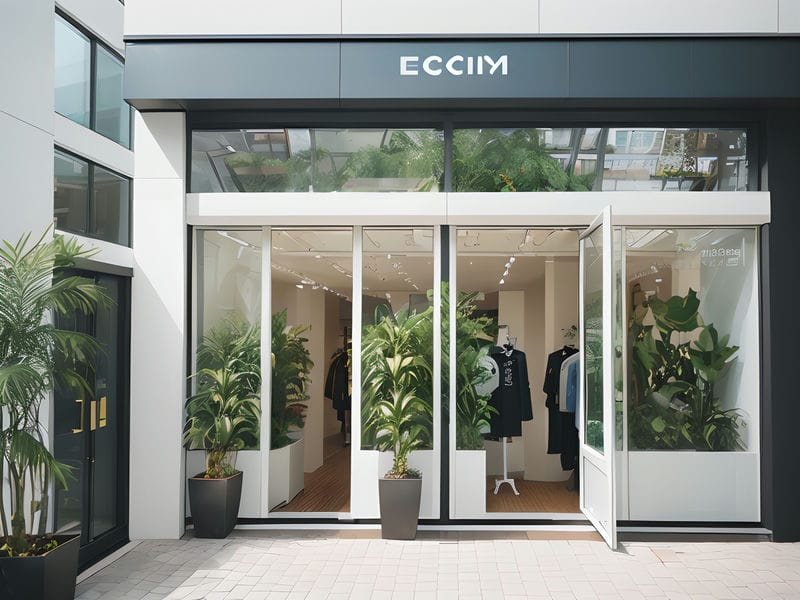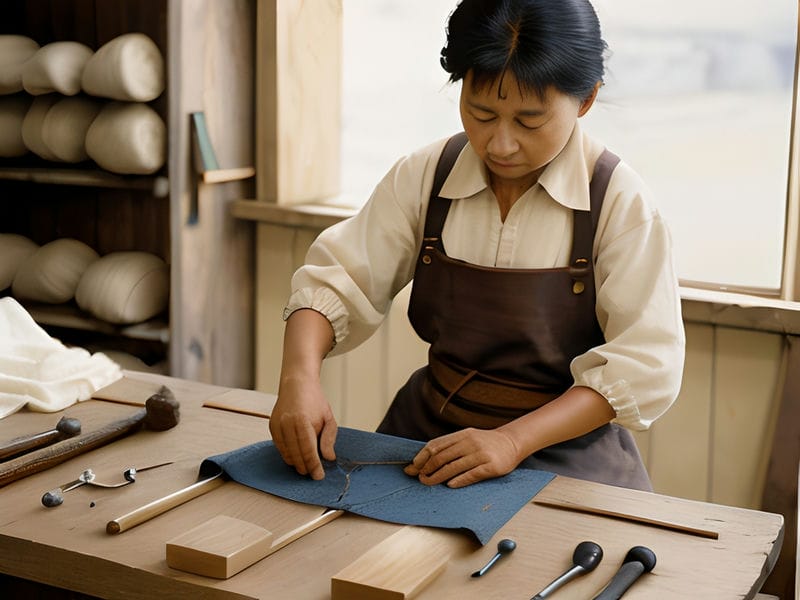
How Circular Economy Models Are Revolutionizing Fashion
The shift from traditional retail to online sales channels
The fashion industry is one of the largest and most influential industries in the world, but it also happens to be one of the most environmentally damaging. From excessive waste production to harmful chemical consumption, the traditional linear economy model that dominates the fashion industry has long been unsustainable.
However, the adoption of circular economy models is revolutionizing the way we approach fashion production and consumption. By shifting towards a circular economy, where resources are kept in use for as long as possible, reused, and recycled at their end of life, we can significantly reduce our environmental impact while still enjoying all the benefits of a thriving fashion industry.
One of the key benefits of adopting circular economy models in the fashion industry is reducing waste. By designing products with recyclability and reusability in mind, we can minimize the amount of clothing that ends up in landfills each year.
How Circular Economy Models Are Revolutionizing Fashion - Cream
- empty Discover
- domestic shipping
- Mini
Another benefit is promoting sustainable practices throughout the entire supply chain. Circular economy models encourage collaboration between designers, manufacturers, retailers, and consumers to ensure that products are made ethically and sustainably. Linen is biodegradable and long-lasting The Impact of Customization on Sustainable Fashion Tencel. Sustainable fashion aims to reduce the environmental impact of clothing Organic and Natural Fiber Fabrics Fashion Revolution. This can lead to improved working conditions for garment workers, reduced water usage in production processes, and increased transparency about where our clothes come from.
Furthermore, embracing circular economy models can also have economic benefits for businesses within the fashion industry. By implementing strategies such as rental services, repair programs, or take-back schemes for old garments, companies can tap into new revenue streams while building customer loyalty through sustainability initiatives.
In conclusion, adopting circular economy models in the fashion industry is crucial for creating a more sustainable future for both our planet and our wardrobes. By rethinking how we produce and consume clothing, we can minimize waste, promote ethical practices, and unlock new opportunities for businesses to thrive in a rapidly changing market. It's time to embrace this revolutionary shift towards a more circular fashion industry your closet (and Mother Earth) will thank you!



